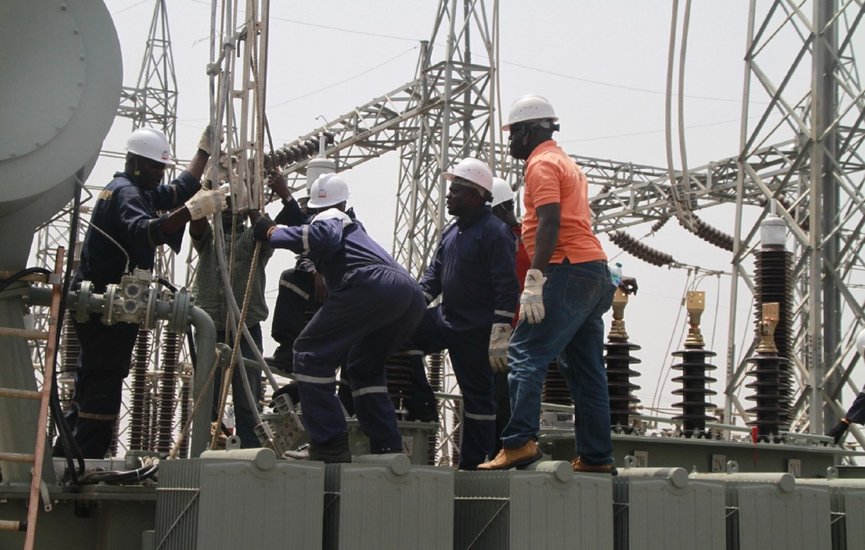Nigeria is leading Africa’s bold Mission 300 electrification drive, aiming to power 300 million people by 2030. The initiative combines national reforms, regional cooperation, real-time progress tracking, and billions in blended finance to close the continent’s electricity access gap.
Nigeria has become the first African country to launch Mission 300, a continent-wide initiative aiming to halve Africa’s electricity access gap by 2030. The country has set up a dedicated delivery and monitoring unit within its Ministry of Power, a move designed to embed the mission firmly into national policy and track reforms, financing flows, and electricity access benchmarks. Mission 300, led by the World Bank Group, the African Development Bank, the African Union, and other partners, seeks to connect over 300 million people, roughly half of the nearly 600 million Africans still without electricity.
Damilola Ogunbiyi, CEO of Sustainable Energy for All, described the mission as an effort driven by national ownership, reform, and the goal of delivering energy access that transforms lives. With the right political will and implementation capacity, she said, the continent can bridge this long-standing gap sustainably. Nigeria is now leading the way for other African nations, becoming the first of twelve signatories to operationalize a national team dedicated to the Mission, with other countries expected to follow.
Despite progress in renewable energy and mini-grids, Africa still faces persistent challenges. Fragmented policies, underinvestment, and weak regulatory frameworks have slowed the expansion of electricity access, leaving regions like the Sahel, the Horn of Africa, and central Africa with darkened classrooms, stalled clinics, and constrained economic opportunities. Mission 300 aims to overcome these obstacles by aligning capital with country-led Energy Compacts comprehensive, data-driven reform plans endorsed under the Dar es Salaam Energy Declaration, which thirty African heads of state endorsed in January 2025. These plans focus on expanding access, scaling up renewables and clean cooking solutions, improving utility performance, and attracting private investment.
Countries participating in Mission 300 are employing integrated electrification strategies that combine grid and off-grid expansion, strengthen utilities, and leverage private capital. Geospatial mapping is being used to identify least-cost, high-impact connection pathways, while partnerships across public, private, and philanthropic sectors are being cultivated to meet ambitious targets. Partners have pledged over $50 billion to increase access, including contributions from the World Bank, AfDB, Agence Française de Développement, the Asian Infrastructure Investment Bank, the Islamic Development Bank, and the OPEC Fund.
Energy experts see a palpable sense of hope in Africa’s energy sector. Titus Majiwa Omenda, a Nairobi-based engineer, notes that achieving Mission 300 requires connecting more than four million people every month until 2030, a task that demands deliberate coordination between governments, investors, and communities. Already, programs like ASCENT in Eastern and Southern Africa aim to deliver power to 100 million people in twenty countries through a combination of grid expansion, regional trade, and distributed renewable energy. In West and Central Africa, Nigeria’s DARES program will provide solar home systems and mini-grids to over 17.5 million people while replacing more than 250,000 diesel generators. Complementary initiatives in Chad, Liberia, Sierra Leone, and Togo are scaling grid-connected renewable energy, bringing electricity to millions more.
Mission 300 places renewable energy at the center of Africa’s electrification strategy, ensuring solar mini-grids, distributed storage, and cross-border clean energy trade are prioritized. Joel Masiyiwa, a researcher at the African Energy Futures Lab, says this is the first large-scale effort that treats renewables as a central pillar rather than an afterthought, potentially preventing the continent from locking into fossil-heavy infrastructure. Early successes are already visible in Ethiopia, where the ELEAP program has connected over 1.6 million households, serving more than eight million people since June 2018, while regional projects linking Ethiopia, Tanzania, and Zambia are opening north–south power trade across East and Southern Africa.
Philanthropic support complements the efforts of governments and multilaterals. Platforms like Zafiri, launched by the World Bank, AfDB, and Rockefeller Foundation, are providing patient capital to distributed energy providers, aiming to mobilize $1 billion to close Africa’s clean energy equity gap. Between July 2023 and February 2025, more than 21 million people were connected to electricity through Mission 300-aligned programs, with projects in the pipeline expected to reach nearly 100 million more. Analysts caution that equity must remain a priority, emphasizing that commercial returns should not come at the expense of marginalized communities.
According to Nigeria’s Minister of Power, Adebayo Adelabu, Mission 300 represents a new delivery model that places African governments in the driver’s seat. With sustained reform, investment, and collaboration, the initiative could mark the single largest leap in development the continent has seen, providing millions with reliable, clean, and affordable electricity for the first time.
